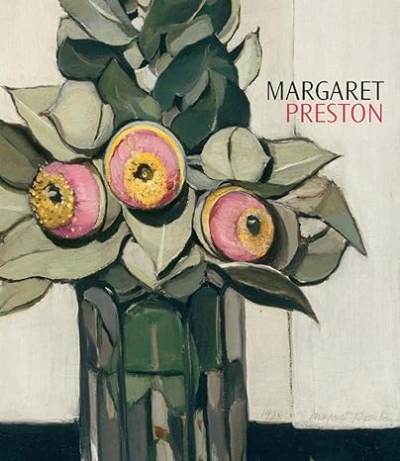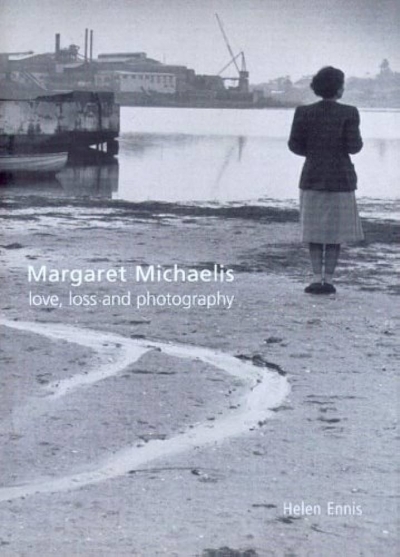National Gallery of Australia
The initial idea was for a new front door at the National Gallery of Australia. At least that is how Ron Radford, director of the Gallery, presented it to the one thousand or so guests in his remarks at the official opening of Andrew Andersons’ and PTW Architects’ Stage One ‘New Look’ at the NGA on Thursday, 30 September. Clearly, for the money involved and ...
Face: Australian Portraits 1880–1960 by Anne Gray & The Naked Face: Self-portraits by Vivien Gaston
Life, Death and Magic: 2000 years of Southeast Asian Ancestral Art by Robyn Maxwell
Printed Images in Colonial Australia 1801-1901 edited by Roger Butler & Printed Images by Australian Artists 1885-1955 edited by Roger Butler
Margaret Preston by Deborah Edwards (with Rose Peel et al.) & The Prints of Margaret Preston by Roger Butler
Margaret Michaelis: Love, loss and photography by Helen Ennis
We’ve been hectored by Miss Greer and savaged by Mr Hughes, but, like Goldilocks with the three bears’ bowls of porridge, Mr Conrad loves us just right. His book At Home in Australia is a collaboration between the National Gallery of Australia and Thames & Hudson, and more particularly between himself and Gael Newton, the gallery’s Senior Curator of Photography, who rang him in London with an invitation to write a book about the gallery’s photography collection.
... (read more)







